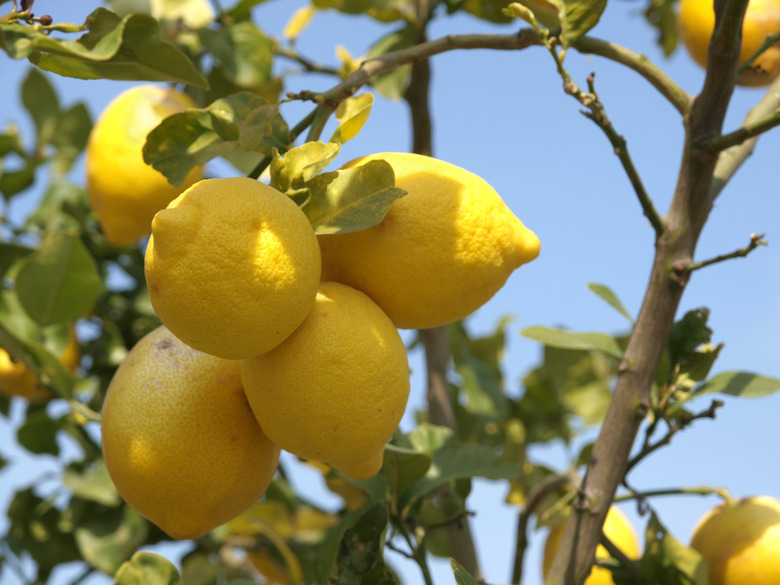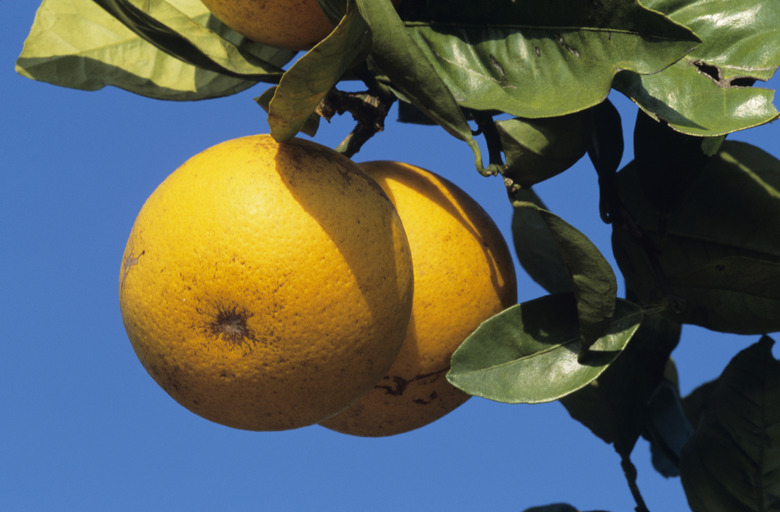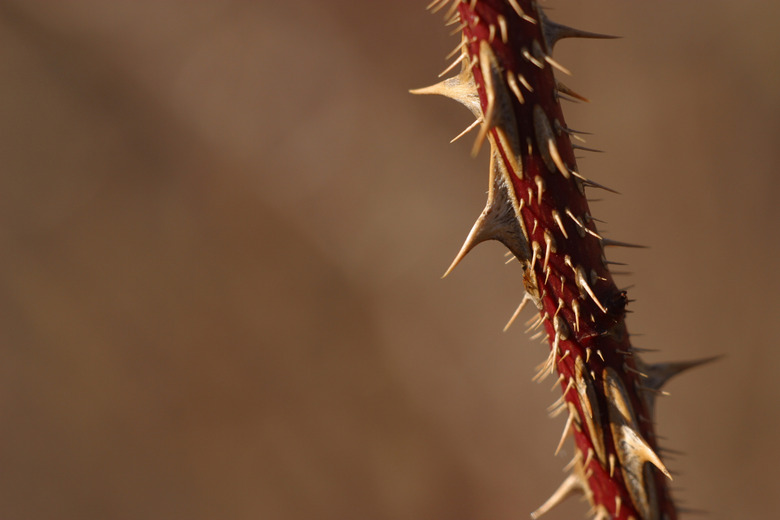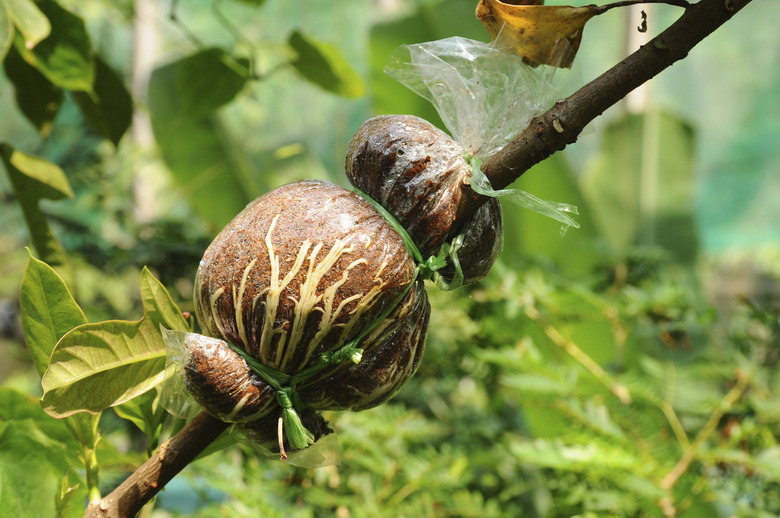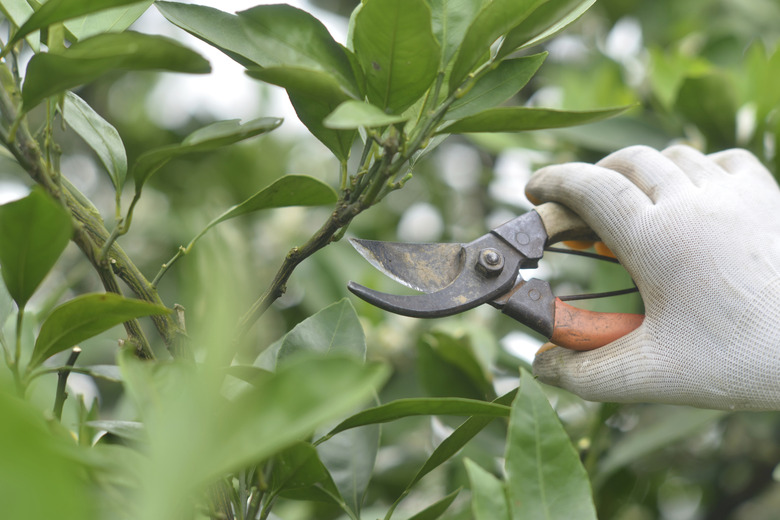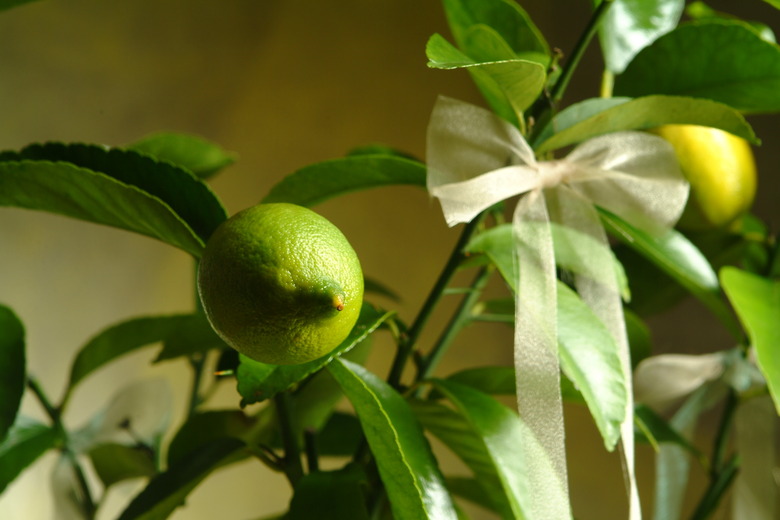What Kind Of Citrus Tree Has Thorns?
Many types of citrus trees grow thorns at some point during their growth period. However, pruning away thorns, even from new growth is perfectly safe. Mature citrus trees, like lemons, limes and grapefruits, tend to grow thorns less frequently than newly grafted trees.
Types of Citrus Trees
Many different kinds of fruit-bearing citrus trees are known to be thorny. Some of the most common kinds to grow thorns include Meyer lemons, grapefruits, and key limes.
Protection
Thorns often sprout on new grafts and fruiting wood. Juvenile plants grow thorns to protect themselves from grazing animals.
- Many types of citrus trees grow thorns at some point during their growth period.
- Mature citrus trees, like lemons, limes and grapefruits, tend to grow thorns less frequently than newly grafted trees.
Rootstock Thorns
Fruit growers who graft their trees should remove all thorns from the rootstock at the time of grafting.
Pruning Thorns
As gardeners notice thorns on their citrus trees, it is safe to prune away the thorns. Pruning thorns will not damage new growths.
Container Growing
Citrus trees grow well in containers, making them appropriate for indoor growth as well as outdoor growth. These trees self-pollinate and will produce fruit when grown indoors.
Kind Of Citrus Tree Has Thorns?
Several fruit trees, including many types of citrus fruit that flourish in U.S. Department of Agriculture plant hardiness zones 9 through 11, have thorns on their branches. Over time, as the tree grows older and stronger — and better able to handle animal damage — the thorns usually diminish. Desirable for its distinctive odor and flavor, it is cultivated in tropical and subtropical climates around the world. Most true, or species, lemon trees have sharp thorns lining the twigs. Oranges (Citrus sinensis) are loved around the world for their attractive package and sweet flavor, although some are much sweeter than others. Although lime trees, with their small, stocky profile and thorny branches, look rather tough, the fruit is actually sensitive to cold. Kumquats are about the size of plums, with skin ranging from bright orange to ruby red, and are usually eaten whole. The trees are small, compact and slow-growing.
- Fruit growers who graft their trees should remove all thorns from the rootstock at the time of grafting.
- Although lime trees, with their small, stocky profile and thorny branches, look rather tough, the fruit is actually sensitive to cold.
References
- Citrus Trees
- Oecologia: Thorns as Induced Defenses — Experimental Evidence
- Purdue University Agriculture: Lemon
- University of Arkansas Division of Agriculture: Plant of the Week — Hardy Orange or Trifoliate Orange
- Texas A&M Aggie Horticulture: Texas Citrus and Subtropical Fruits — Limes
- Purdue University Agriculture: Grapefruit
- Purdue University Agriculture: Orange
- University of Florida Environmental Horticulture: Citrus Spp.
- Purdue University Agriculture: Kumquat
- Pasco County Cooperative Extension Service: Get Aquainted With Kumquat
